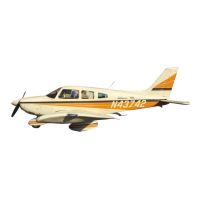
Do you have a question about the Piper PA-28-181 Archer II and is the answer not in the manual?
| Manufacturer | Piper Aircraft |
|---|---|
| Model | PA-28-181 Archer II |
| Engine | Lycoming O-360-A4M |
| Horsepower | 180 hp |
| Maximum Takeoff Weight | 2, 550 lb (1, 157 kg) |
| Seating Capacity | 4 |
| Height | 7 ft 3 in |
| Fuel Capacity | 48 US gallons (182 L) |
| Stall Speed (Flaps Down) | 49 knots |
| Propeller | 2-blade, fixed pitch |
Overview of the pilot's operating handbook and its purpose.
Details on the aircraft's engine specifications and operating limits.
Specifies maximum ramp, takeoff, and landing weights for normal and utility categories.
Outlines operating limitations, instrument markings, and placards for normal/utility operations.
Specifies critical airspeeds like VNE, VNO, and VFE for safe operation.
Details forward and rearward CG limits for normal and utility categories.
Provides procedures for various emergencies and critical situations.
Step-by-step checklist for handling engine fires that occur during the starting sequence.
Detailed guidance on executing a safe landing when engine power is lost.
Describes recommended procedures for normal operations of the Archer II.
Comprehensive checklist covering preflight, engine start, taxi, takeoff, and landing procedures.
Step-by-step guide for preparing the engine before starting, including checks and settings.
Details normal, short field, and soft field takeoff techniques, including flap settings and speeds.
Provides required and complementary performance information for the Archer II.
Explains that performance data is based on flight test data and corrected for standard conditions.
Illustrates how to calculate aircraft loading, weight, and center of gravity for flight planning.
Emphasizes the importance of maintaining weight and CG within the approved operating envelope.
Details the step-by-step process for weighing the aircraft to determine basic empty weight and CG.
Explains how to add weights and moments to determine total weight and CG for flight.
Provides a general description of the Archer II as a single-engine, low-wing monoplane.
Details the engine specifications, propeller type, and related systems.
Explains fuel storage, selector operation, and the auxiliary electric fuel pump.
Provides guidelines for handling, servicing, and maintenance, referring to the Service Manual.
Details required inspection items and intervals, and compliance with FAA directives.
Details fuel servicing, requirements (AVGAS ONLY), and additive usage.
Information on the operation and limitations of the optional air conditioning system.
Operation, limitations, and emergency procedures for the AutoFlite II Autopilot.
Information on the King KAP 100 Autopilot system, including operation and limitations.
Information on the Bendix/King KLN 90 GPS and KAP 150 Autopilot system integration.
Provides operating tips of particular value for Archer II operation.
Practical advice on trimming for takeoff, flap extension, circuit breaker reset, and engine start.
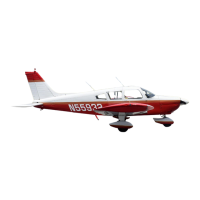
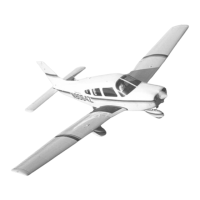
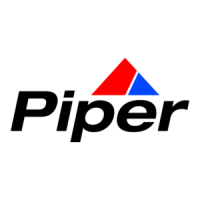
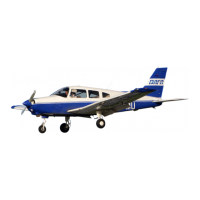
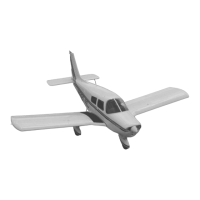






